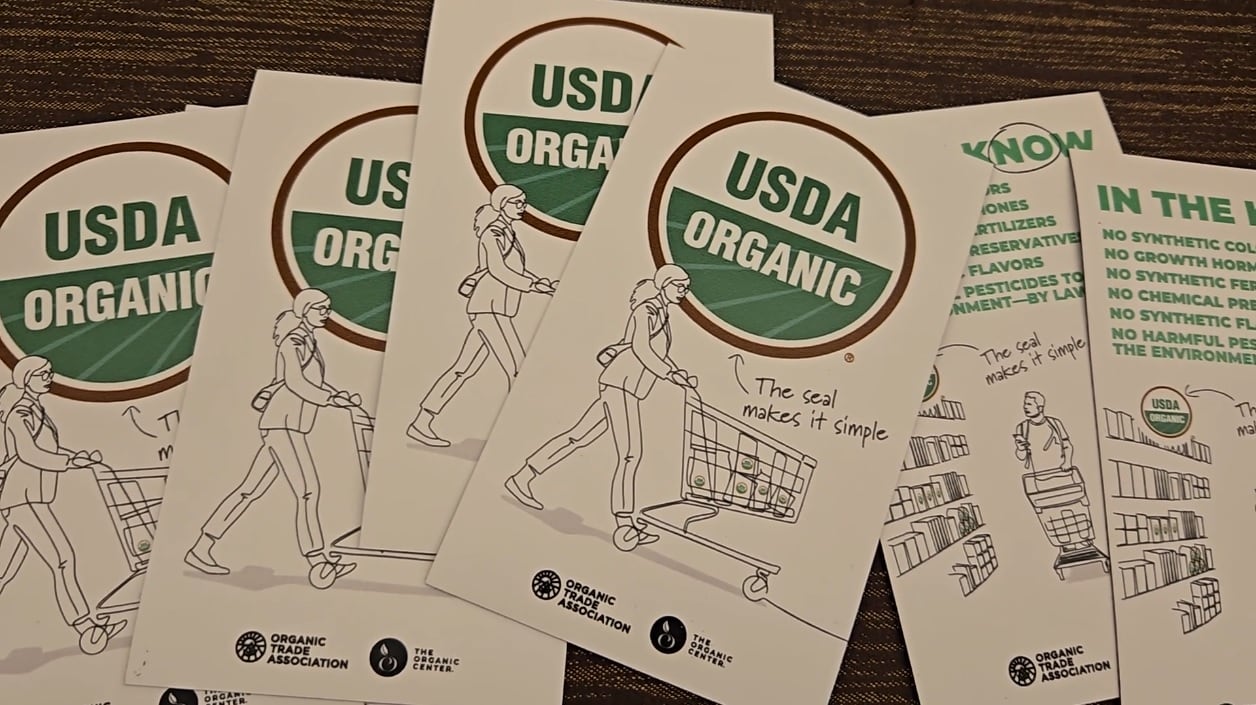Whole Foods Market is often the first stop for startups trying to break into the natural and organic channel, but earning a coveted spot on the store’s shelves hinges in part on a brand’s ability to speak to the retailer’s core consumer base, which is more diverse than many stakeholders may realize.
“Being customer obsessed is one of Whole Foods Market’s leadership principles. So, it is really important to us that we understand how customers are shopping our store, what they are buying and their attitudes and perceptions of Whole Foods Market, and how that is changing over time,” said Ashley Klebs, senior director, business analytics, consumer research and pricing strategy at Whole Foods Market.
She explained at the Organic Trade Association’s annual meeting in Washington, DC, this week that as Whole Foods Market’s consumer base diversifies and evolves, so too do the types of products its stocks and how they are positioned in store – creating opportunities for savvy brands that can match their marketing to shoppers’ motivations.
Who shops at Whole Foods?
“We have a whole range of customers that shop at Whole Foods Market – across different demographics,” including age, income levels and household composition, Klebs said.
She explained that some shoppers visit frequently and build large baskets from different segments of the store, while others come only occasionally or for a few select items. Others still may be ‘lapsed’ shoppers and only come in around the holidays or for special occasions, she said.
“But then even within those segments, there are nuances, particularly in terms of generations,” Klebs said.
For example, Gen Z consumers are “very aspirational,” and differ from other generations because they are more likely to say they want to affiliate with brands, retailers and companies with which they feel an affinity or have a shared vision, she said.
“They want to connect with companies or brands that are prioritizing impact on the environment, positive impact on the environment, that are looking to sustainability, that are looking to organic, that are looking to corporate responsibility in general,” she said.
Gen Z also cares “a lot about the food that they are putting in their body” and want cleaner ingredients and increased transparency about how ingredients are sourced and their function in food, she said.
What motivates Whole Foods Market shoppers?
Despite the differences in demographics and psychographics, Klebs said that there are three main drivers that inspire Whole Foods Market shoppers.
“One is quality,” which includes organic and better-for-you ingredients, she said.
The second is the selection, and ability to find unique items, including organic versions of products or local products that they can’t find elsewhere, she said.
“The third one is in-store experience,” and an ability to “slow down” and “enjoy the process,” she said.
How can brands better connect with Whole Foods shoppers?
Marketers cannot assume that the same strategies they use to connect with past generations or other consumers will resonate with Whole Foods Market shoppers or Gen Z more specifically because they tend to be more educated and forward-looking.
“It is really important to understand Gen Z and to understand where they are getting information from, how they are getting that information, who they are getting information from and reaching them where they are at,” Klebs said.
For example, she said, as digital natives, Gen Z’s reliance on social media is “unmatched by any other generation.”
As such, “questions that Whole Foods Market has had, and other companies have too, is to reach this generation: Do we have a social media strategy? What is the content that we are putting on social media? Is it short form content, because that really resonates with them,” she said.
Likewise, she advises, companies to consider “authentic relationships with influencers, versus older generations who might have relied on Hollywood celebrities” to tell them what to buy.
While connecting with younger shoppers requires different tools, Klebs said it is worth the effort: “I have so much optimism about this generation and the impact that they’re going to have on food systems and the future food systems for generations to come. So, I think that this has a huge tailwind with this generation.”



